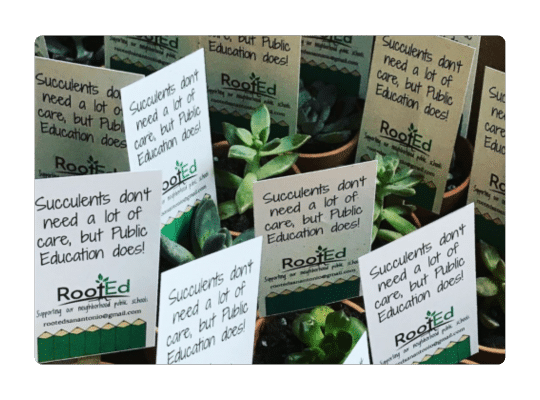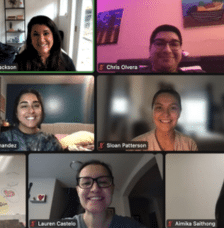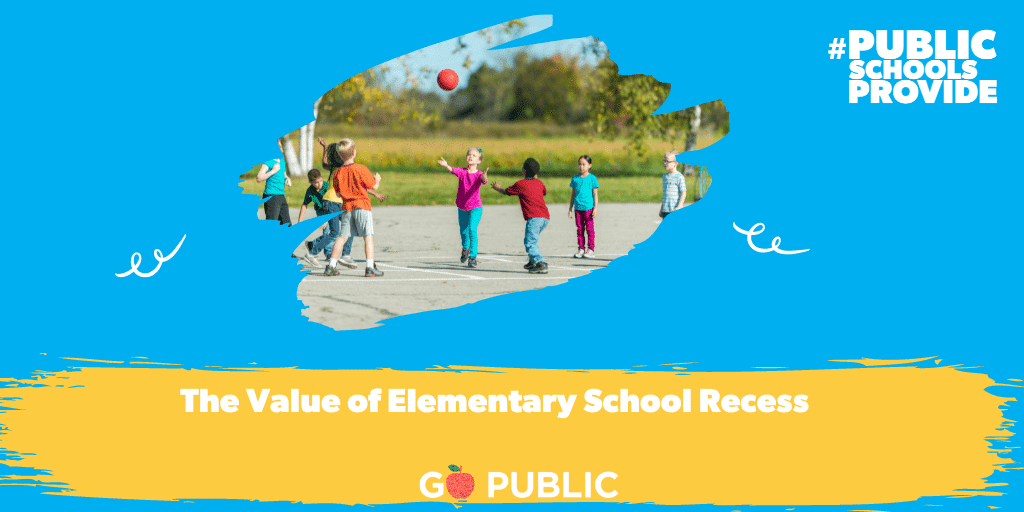Response from “Ask a Former Board Trustee”- Clear Creek ISD Chapter: Joanna Baleson, Ken Baliker, Jennifer Broddle, Bob Davee, Glenn Freedman, Ann Hammond, Charlie Pond, Page Rander Dee Scott, Win Weber © AFTCCISD2022
What is school recess in elementary school?
The Centers for Disease Control and Prevention (CDC) defines recess as “a regularly scheduled period in the school day for physical activity and play that is monitored by trained staff or volunteers. During elementary school recess, students are encouraged to be physically active and engaged with their peers in activities of their choice.”
In Texas, the Education Code states that a “school district shall require a student enrolled in full-day prekindergarten, in kindergarten, or in a grade level below grade six to participate in moderate or vigorous daily physical activity for at least 30 minutes throughout the school year as part of the district’s physical education curriculum or through structured activity during a school campus’s daily recess. (https://statutes.capitol.texas.gov/Docs/ED/htm/ED.28.htm#28.002)
Texas Health and Human Services clearly endorses recess: “Recess is critical, say experts in childhood development. Recess is a period of the school day set aside for the physical, social, and cognitive pursuits that can’t otherwise be achieved in the sit-down-and-shut-up environment that is an elementary school classroom. But this respite from organized learning is not only available for what the students are doing on the playground. It is equally as vital for what they are not doing, namely math, reading, or science.”
What is the difference between recess and physical education?
Recess is usually unstructured, with children socializing and playing without restraint, and deciding on their own the physical activity. Physical education (PE) usually includes planned physical activity, designed and overseen by a teacher, to achieve outcomes and having learning objectives consistent with a district’s curriculum. Importantly, recess is a complement to, not a replacement for a physical education curriculum. The implications for both are that the schools should maintain space indoor and outdoor for recess and PE.
Is recess beneficial?
Yes. Extensive research, cited by the CDC and detailed in a recent Time magazine article, concludes that recess:
• Improves level of physical fitness.
• Improves students’ memory, attention, and concentration.
• Helps students stay on-task in the classroom.
• Reduces disruptive behavior in the classroom.
• Improves social and emotional development (e.g., learning how to share and negotiate). (https://time.com/4982061/recess-benefits-research-debate/)
If recess is good for students, what is the issue?
Over the past decades, as emphasis on standardized testing increased, time allocated to recess decreased, as the pressure increased to spend more time on subjects that were to be tested. Test scores became the metric by which school success was measured, not overall student growth and development. The national decrease in time at recess led the American Academy of Pediatrics (AAP) to recommend that children participate in 60 minutes of “moderate to vigorous activity per day,” and that “(r)ecess is a necessary break in the day for optimizing a child’s social, emotional, physical, and cognitive development.” (For broader discussion of recess benefits, see: https://publications.aap.org/pediatrics/article/131/1/183/30893/The-Crucial-Role-of-Recess-in-School)
The same pressures apply to PE. However, if a school district faces financial constraints, then not hiring dedicated PE teachers becomes an option, thus further reducing opportunities for planned exercise and activities.
What should parents do?
Three must-dos: Talk to your children about recess, and what they do; talk to teachers about recess and PE, and what they do; learn what the district’s policies are about both recess and PE.
Further, and importantly, engage the child in physical activity after school, on weekends, and engage in organized sports or other physical activities, such as dance, hiking, or swimming, even if it means limiting time on electronic devices that may take time away from activities that enhance social, physical, and emotional growth.
(Written January 2022; Revised December 2022)























